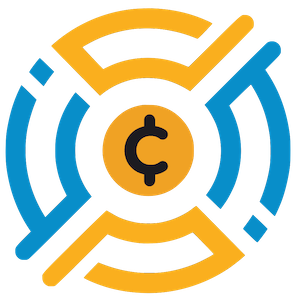Cardano (ADA) is pioneering a new era of blockchain governance with the recent implementation of the Plomin hard fork. This significant technological upgrade signifies not merely an enhancement in coding but a fundamental shift in the governance structure of Cardano, moving away from centralized decision-making towards a model that empowers its community members. The decision-making processes now allow ADA holders to engage directly in shaping the future of the blockchain, signaling an important milestone in the platform’s evolutionary trajectory.
The successful activation of the Plomin hard fork is governed by a stringent framework of technical and governance prerequisites. Specifically, three critical benchmarks were achieved: at least 85% of stake pools transitioned to a compatible Cardano version, over 51% of these operators cast their votes endorsing the upgrade, and a notable 67% approval from the Interim Constitutional Committee confirmed its constitutionality. This rigor underscores a robust democratic process within Cardano, ensuring that the majority is not only heard but also invested in the decision-making sphere.
With the introduction of the Plomin hard fork, Cardano is rolling out several governance actions detailed in Cardano Improvement Proposal (CIP) 1694. These measures facilitate vital community involvement, including the ability for ADA holders to propose, discuss, and vote on constitutional changes. Importantly, this upgrade empowers users to approve treasury withdrawals and initiate votes of no confidence against governance structures, fostering a system of checks and balances that prevents any single entity from monopolizing power.
Moreover, the regulation surrounding staking reward withdrawals signifies a cultural shift within the Cardano ecosystem; funds can now only be extracted by accounts that have delegated their stake to designated representatives (DReps). This mechanism encourages community representation and participation, ensuring that every voice has weight in the decentralization narrative.
As part of its long-term strategy, Cardano’s transition to decentralized governance is not merely an experiment; it is a robust framework aiming to redistribute power back to its users. By enabling the community to dictate blockchain upgrades and financial strategies, Cardano intends to cultivate a more resilient and sustainable environment for all stakeholders. This foundational change minimizes the reliance on centralized oversight typical of many blockchain systems and lays the groundwork for a more democratic and participatory experience in blockchain governance.
The Plomin hard fork is more than just a technical enhancement; it represents a transformative approach to decentralized governance in the blockchain space. As ADA holders gain the power to actively participate in decision-making, Cardano sets a precedent for other platforms aspiring to achieve similar levels of decentralization. This ambitious initiative embodies a commitment to community involvement and democratic governance, positioning Cardano as a leader in the evolving landscape of cryptocurrency. The future of Cardano now lies in the hands of its community, showcasing a model where power is decentralized, participation is encouraged, and every voice matters.

